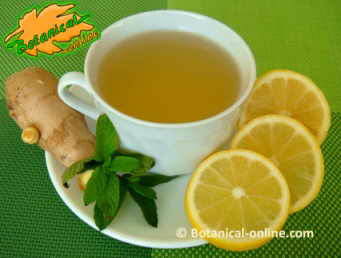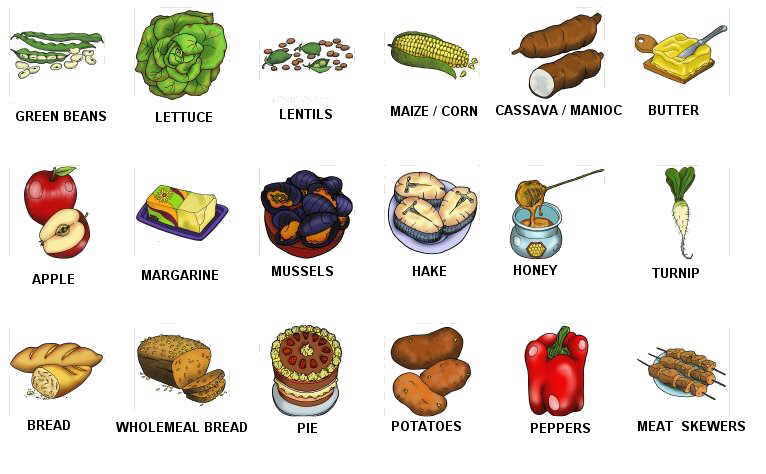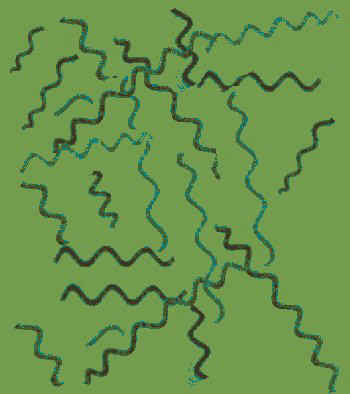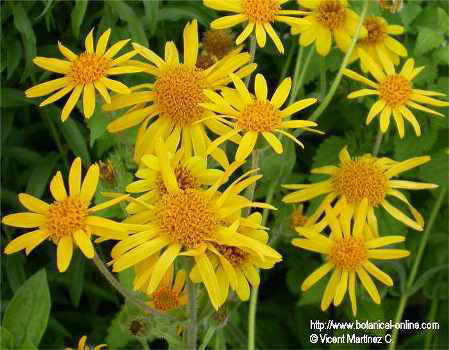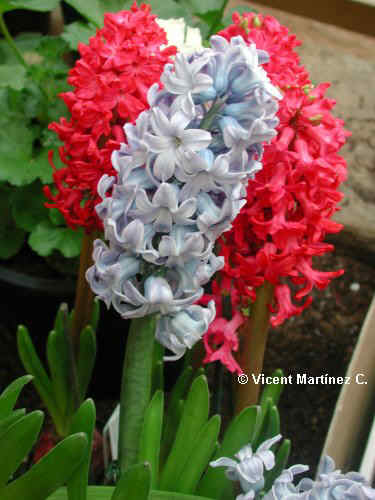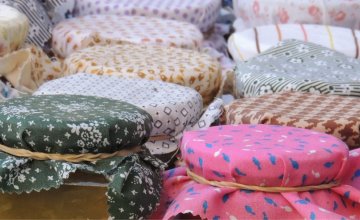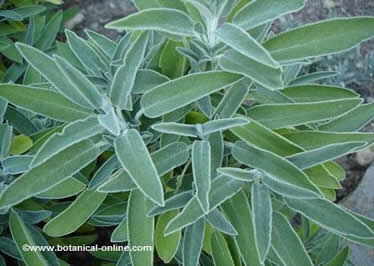Contents
(Polygonum hydropiper)
WATER PEPPER PROPERTIES
Edible properties of water pepper
– In the writings of Dioscorides, water pepper is mentioned as a substitute for black pepper (Piper nigrum). For this purpose, the fresh leaves are consumed. They have an intense spicy flavor, which is enhanced if we use the flowering tops.
– The dried leaves and inflorescences are ground and mixed with salt to add to dishes. The dried leaves have a spicy flavor more intense than fresh leaves, and they are a good substitute for table salt. The plant must be collected in the early flowering for this purpose.
– The fresh plant can irritate the skin and mucous membranes, so it should be used in low amounts or as aromatic spice (1 teaspoon per person as the maximum dose).
– It is a very popular ingredient for sauces, salads (fresh leaves), vinaigrettes and pastas. Also for meat and fish dishes.
Medicinal properties of water pepper
Water pepper was used as homeostatic, as a rubefacient, as emmenagogue and to stop bleeding. Its leaves are chewed for toothache or for wounds healing when applied externally.
Dosage of water pepper:
– Infusion or tisane : 2 teaspoons of dried leaves per cup of water.
– Powder: a small pinch 3 times daily.
Toxicity, contraindications and side effects of water pepper
Water pepper is Not recommended for use in folk medicine because it can cause liver damage, kidney and bladder inflammations. For the desired benefits you are encouraged to consult other natural remedies.
– Grazing animals that ingest large amounts of water pepper are prone to suffer digestive disorders and kidney stones.
– Water pepper is a toxic plant in high doses, so it has to be administered only in specific cases or as a spice in cooking.
Other uses of water pepper
In one of his writings, the English botanist Nicholas Culpeper (1514) reports that “if we put the water pepper in a room, it quickly kills all the flies in it.” This may be due to the content of pinene, terpineol, pinene and rutin, which act as natural insecticides.
![]() More information about water pepper and other types of peppers.
More information about water pepper and other types of peppers.

